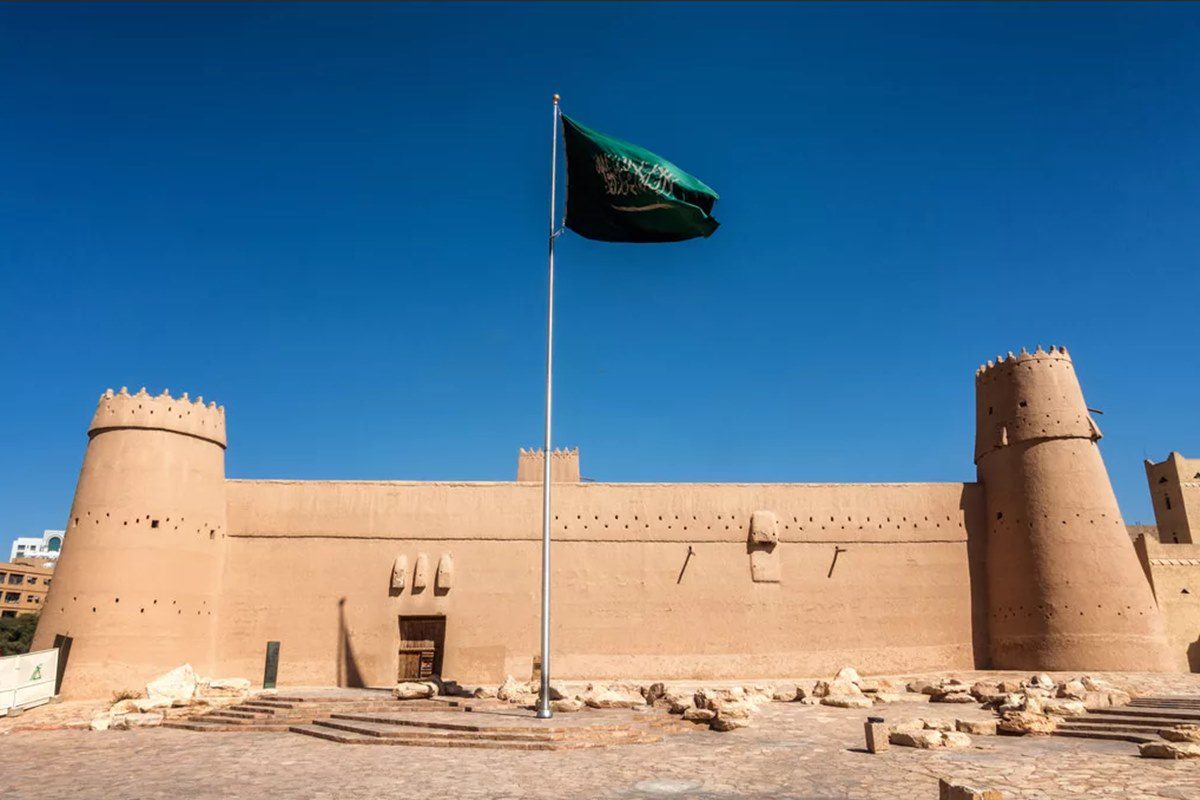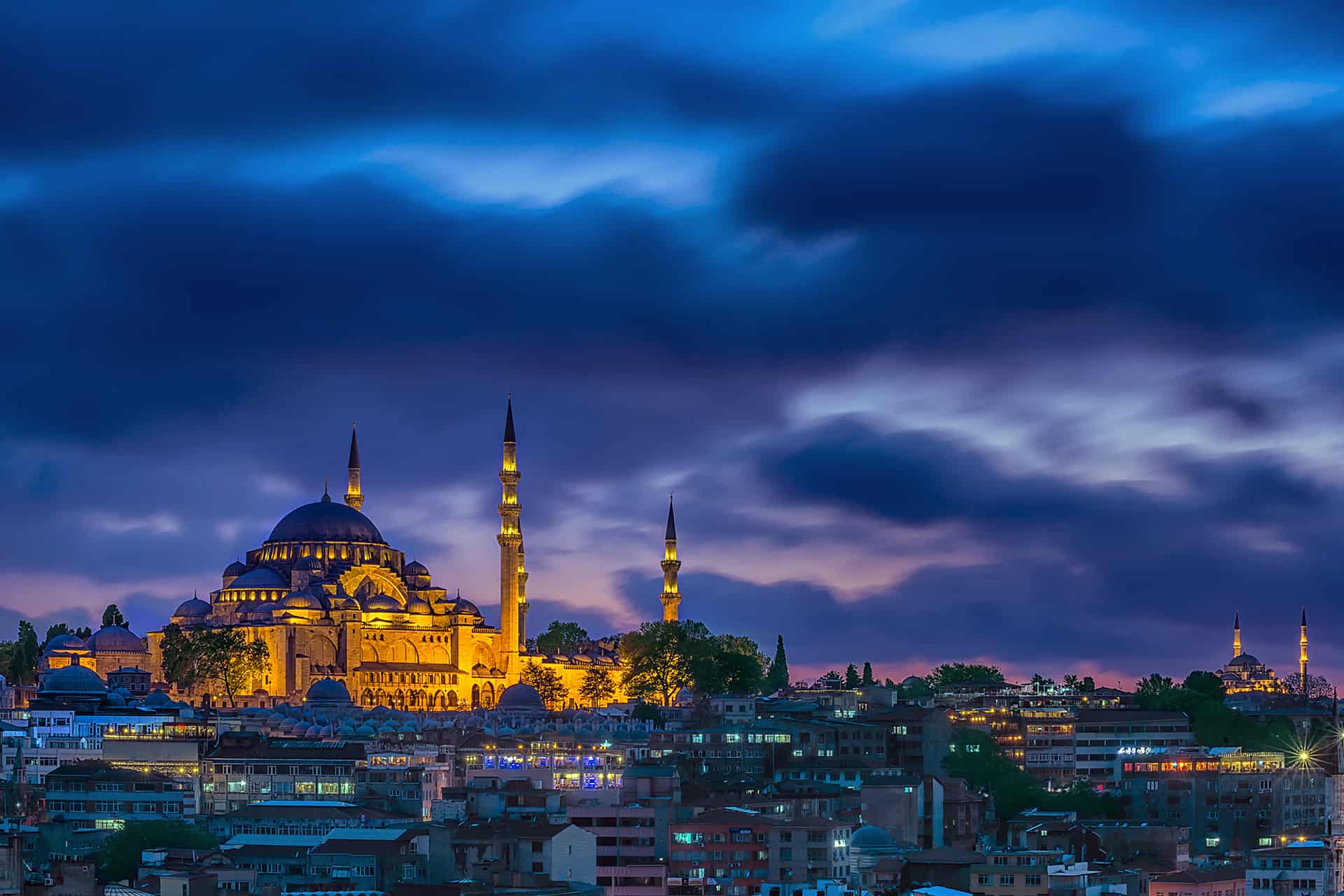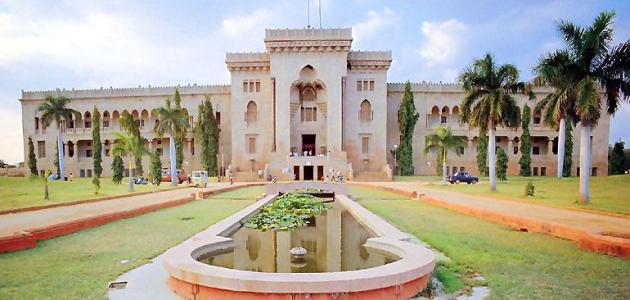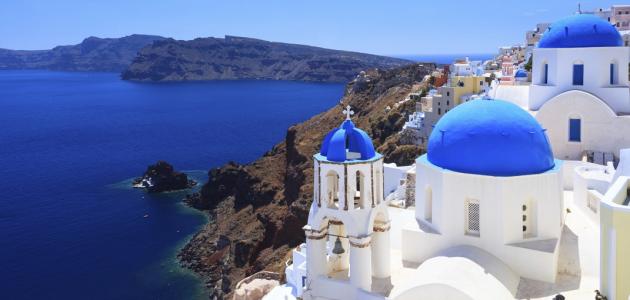Palestine
Palestine (English: Palestine) is an Arab country located in the southwestern part of the continent of Asia, specifically in the south of the Mediterranean, from the eastern coast, so it connects the two continents of Africa, Asia, the Red Sea and the Mediterranean Sea. Jerusalem is considered the official capital of it and is governed by a presidential system .
It is bordered by Jordan, Egypt, and Syria. As for the name of Palestine, it is derived from the original name of its historical land, which was known in the past ages as the name of the land of Palestine. The estimated number of the population of Palestine, according to statistics for 2016, is 4,816,503 people.
Famous landmarks in Palestine
In Palestine there are a group of famous landmarks, which reflect the nature of Palestinian culture, heritage and traditions, and the following are a group of things that are famous for:
- Popular landmarks in most Palestinian citiesThey are the features that distinguish each of the cities of Palestine, and the most important of them are:
- Landmarks of Jerusalem: It is the political and economic capital of Palestine, and is famous for a group of important religious landmarks, whether in the Islamic or Christian religions. In Jerusalem, there is the Al-Aqsa Mosque, the first of the two Qiblah, the Dome of the Rock, and the Church of the Holy Sepulcher.
- Landmarks of Haifa: One of the famous Palestinian cities known as the Bride of Carmel, because of the presence of Mount Carmel on its land, which is considered one of the most famous Palestinian mountains.
- Landmarks of Jaffa: A Palestinian coastal city known as the Bride of the Sea, which is considered an ancient Canaanite city that contains many aspects and archaeological cultural buildings.
- Landmarks of Hebron: Among the historic Palestinian cities located on the southern side of the city of Bethlehem, there is the Ibrahimi Mosque, and is also famous for many local industries, such as: the food industry, glass, and ceramics.
- Landmarks of Nablus: A city located in the central region between the mountains of Gerizim and Ebal north of Jerusalem, famous for its sweets and soap.
- Jericho Landmarks: A Palestinian city located on the northern side of the Dead Sea, famous for the proliferation of many archaeological monuments on its land, such as Hisham’s Palace and Tal Al-Sultan, is considered an archaeological site visited by many tourists annually, and the age of Jericho is estimated at about ten thousand years.
- Palestinian cuisineIt is among the well-known Arab and popular kitchens that contain many types of distinctive food dishes, the most important of which are maftoul, Palestinian heaters, vine leaves (varicose leaf), moujdara, nabulsi kunafa and buoy.
Date
Studies indicate that the history of human existence in the land of Palestine dates back to the ancient stone age, and that the people who were present at that time worked in agriculture to provide for their food needs, and in the early bronze age many cities appeared on the land of Palestine, and witnessed the development in many The areas that distinguished its inhabitants, which contributed to the emergence of distinct urban communities, especially with the increase in the migration of people to the land of Palestine, and the Canaanites had at that time contributed to the establishment of their civilization in Palestine, which was developed and prospered in many areas.
With the beginning of the Iron Age, the tribes of the Children of Israel reached the land of Palestine, and the Canaanites allowed them to live next to them, and during the Romen Empire, many colonies that the Romens were keen to establish spread throughout the Palestinian lands, which led to strengthening their control over them, specifically the city of Jerusalem that was destroyed. The Romens had many of their features, and in the fourth century AD, the Romen Emperor Constantine converted to Christianity, which led to the spread of the Christian religion among the people of Palestine.
In the time period between the years 632 AD – 634 AD, the Islamic conquest arrived in Palestine, and Islam spread among its people, but the Romens did not like that, which led to the outbreak of many wars between them and the Islamic armies that triumphed over the Romens, and they handed over the rule of all Palestinian lands and regions. In the Umayyad era, the interest of Arab Muslims in the land of Palestine increased, which led to a great spread of Arab culture among people.
In the year 1100 AD, Palestine suffered from the Crusades, and after many wars between the Muslims and the Crusaders, the Arab Muslim leader Salahuddin Al-Ayyubi was able to defeat the Crusaders in the Battle of Hattin. Thus, Palestine returned to the Islamic state after suffering from the Crusades that destroyed many Its territory. During the era of the Ottoman rule, Palestine became administratively affiliated to Damascus, and the general conditions remained stable in Palestine until the end of the nineteenth century AD.
In the twentieth century AD, the Zionist campaign began to seek control over the Palestinian lands, particularly in the time period between late and after the First World War, which was reinforced by the issuance of the Balfour Declaration in 1917 AD, which announced the establishment of a national home for Jews on historical Palestine, and the implementation of this promise was strengthened. After the British forces were able to divide the Arab lands, including the British Mandate land of Palestine, and after the end of the Second World War, the Jews were encouraged to emigrate to Palestine, which led in 1948 AD to the declaration of the establishment of the State of Israel on the Arab lands The Palestinian woman. At the present time, the Palestinian society is witnessing a remarkable development in many public areas, such as developing the infrastructure, whether in the economy, politics, education sector, or other public sectors.
Geographical topography
The geographical topography in Palestine is divided into four main regions:
- The coastal plainIt is a plain with sedimentary soil spread over its land, located on the Mediterranean coast on the western side of Palestine, and there are in this region the most important Palestinian cities, such as Haifa and Jaffa.
- Central highlandsIt is a series of mountainous heights that start from the Galilee on the northern side, all the way to the Negev on the southern side.
- HollowIt is a low-lying area in eastern Palestine, which contains a group of valleys, as the waterway of the Jordan River passes through it.
- The Negev: It is the region that contains the geographical topography of low altitude, it is located on the southern side of Palestine, and the Negev is considered a semi-desert region.
the climate
The Mediterranean climate is the dominant one in the Palestinian territories, characterized by hot summers, cold winters and many rains. The temperature varies between regions in Palestine, and it witnesses mildness in the high areas, where the average temperature in August reaches 37 degrees Celsius, In the Jordan Valley, it reaches approximately 49 ° C, and the average temperature in the period between January and July is between 11 – 23 ° C in the mountains, and between 14 – 23 ° C in the coast.








